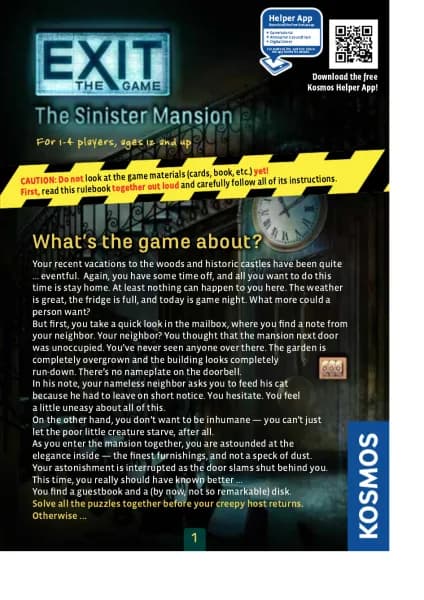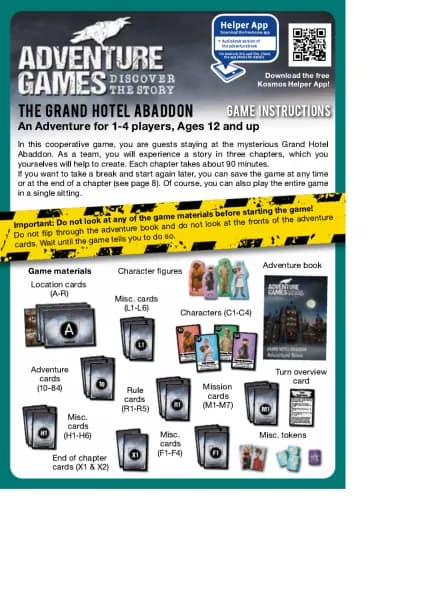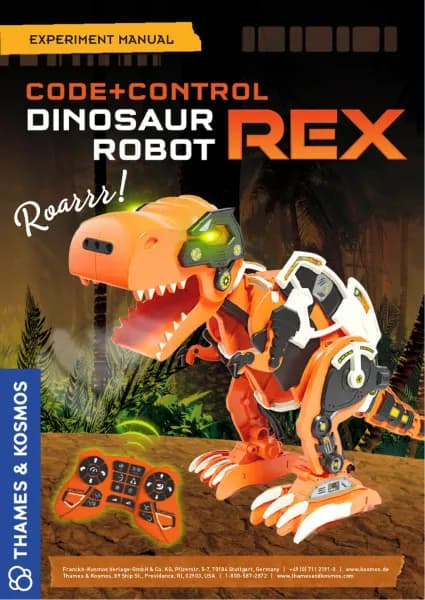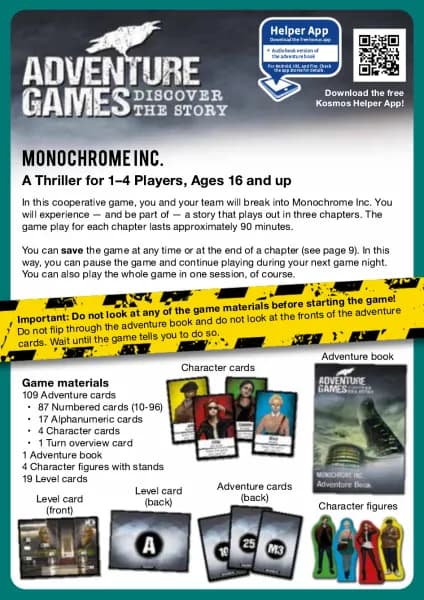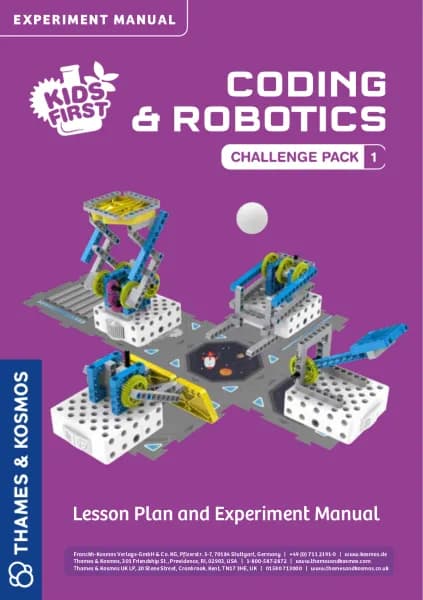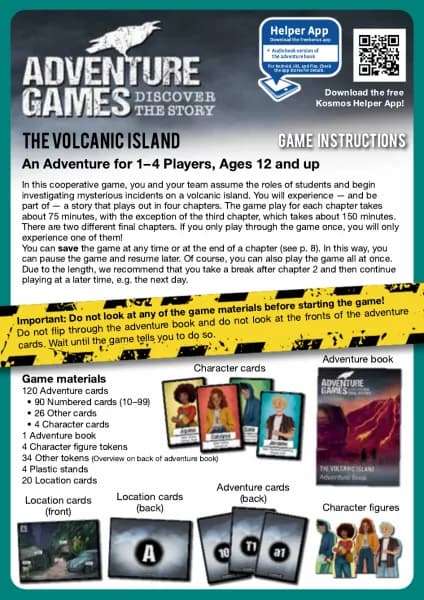Thames & Kosmos Robotics: Smart Machines 5-in-1 Buildable Drone with HD Camera handleiding
Handleiding
Je bekijkt pagina 4 van 28

Safety for Experiments with Batteries
››› To operate the models, you will need one
lithium battery (3.7V) which is included in
the kit.
››› The battery is not replaceable.
››› The supply terminals are not to be short-
circuited. A short circuit can cause the wires
to overheat and the batteries to explode.
››› Different types of batteries or new and
used batteries are not to be mixed.
››› Batteries are to be inserted with the
correct polarity. See page 8.
››› Rechargeable batteries are only to be
charged under adult supervision.
››› Dispose of used batteries in accordance
with environmental provisions, not in the
household trash.
››› Be sure not to bring batteries into contact
with coins, keys, or other metal objects.
››› Avoid deforming the batteries.
As all of the experiments use batteries, have
an adult check the experiments or models
before use to make sure they are assembled
properly. Always operate the motorized
models under adult supervision.
DC Power Supply (Not Included)
A USB power adapter is required to charge
the lithium battery.
››› The transformer or a power supply used
with the toy shall be regularly examined
for damage to the supply cord, plug,
enclosure or other parts, and in the event
of damage, it shall not be used until the
damage has been repaired.
››› The toy shall only be used with a
transformer for toys or a power supply
for toys.
››› The transformer is not a toy.
Notes on Disposal of Electrical and
Electronic Components
The electronic components of this
product are recyclable. For the sake
of the environment, do not throw
them into the household trash at the
end of their lifespan. They must be
delivered to a collection location for
electronic waste, as indicated by the
following symbol:
Please contact your local authorities
for the appropriate disposal location.
2
SAFETY INFORMATION
WARNING. Only for use by children aged 8 years
and older, due to accessible electronic
components. Instructions for parents or other
supervising adults are included and have to be
observed. Keep packaging and instructions as they
contain important information.
WARNING. Not suitable for children under 3 years.
Choking hazard — small parts may be swallowed
or inhaled.
Store the experiment material and assembled
models out of the reach of small children.
Stay away from rotating propellers and motors!
Do not touch them!
Use the drone with caution! Skill is required in
order to control the flight and avoid collisions
with the user, objects, or third parties.
Always maintain a visual line of sight to your drone
when flying.
Always pay complete attention to the drone when
flying. Do not get distracted.
When running a programmed flight path, always
be ready to take control of the drone or press the
emergency stop button if necessary.
We recommend using this drone indoors. If you do
fly it outside, make sure the weather is calm. Do
not fly the drone in wind conditions above a gentle
breeze (Beaufort scale 3; 12 mph wind speed) or in
temperatures outside of the range of 32 ° to 104° F.
Make sure that you follow all federal and local laws
and guidelines for drone operation. Do not fly in “no
fly zones.” You can research this online.
You will need to register your drone to fly under
The Exception for Recreational Flyers in the United
States. Visit the FAA Drone Zone online to register.
Mark your drone with your registration number.
For registration reference, this drone weighs less
than 0.55 pounds (250 grams). Check the
applicable registration laws in your country and
local area.
Make sure the flying location is clear of magnetic
and radio interference, and buildings, trees, power
lines, and other obstacles.
Do not fly near people or animals, or above crowds.
Do not fly at altitudes above 400 feet.
The drone might not fly well in locations more than
13,000 feet above sea level.
An optical flow sensor on the bottom of the drone
helps the drone orient itself. This sensor doesn’t
work well on all surfaces, which may cause flying
errors. Shiny, reflective, or wet surfaces, or
surfaces with small repeating patterns, may cause
problems with flight.
When the battery gets low, land the drone in a safe
location and recharge it.
When flying, the battery charge lasts for about
eight to ten minutes and then it needs to be
recharged. It takes 2 to 3 hours to charge the
battery (until the red light on the battery turns off).
Do not use if any of the parts are worn, chipped, or
damaged.
Make sure that the propellers are securely
mounted onto the motors before use.
!
!
GENERAL WARNINGS
DRONE WARNINGS
Bekijk gratis de handleiding van Thames & Kosmos Robotics: Smart Machines 5-in-1 Buildable Drone with HD Camera, stel vragen en lees de antwoorden op veelvoorkomende problemen, of gebruik onze assistent om sneller informatie in de handleiding te vinden of uitleg te krijgen over specifieke functies.
Productinformatie
| Merk | Thames & Kosmos |
| Model | Robotics: Smart Machines 5-in-1 Buildable Drone with HD Camera |
| Categorie | Niet gecategoriseerd |
| Taal | Nederlands |
| Grootte | 12562 MB |
Caratteristiche Prodotto
| Kleur van het product | Black, Yellow |
| Gewicht | 635 g |
| Breedte | 236 mm |
| Diepte | 229 mm |
| Hoogte | 84 mm |


